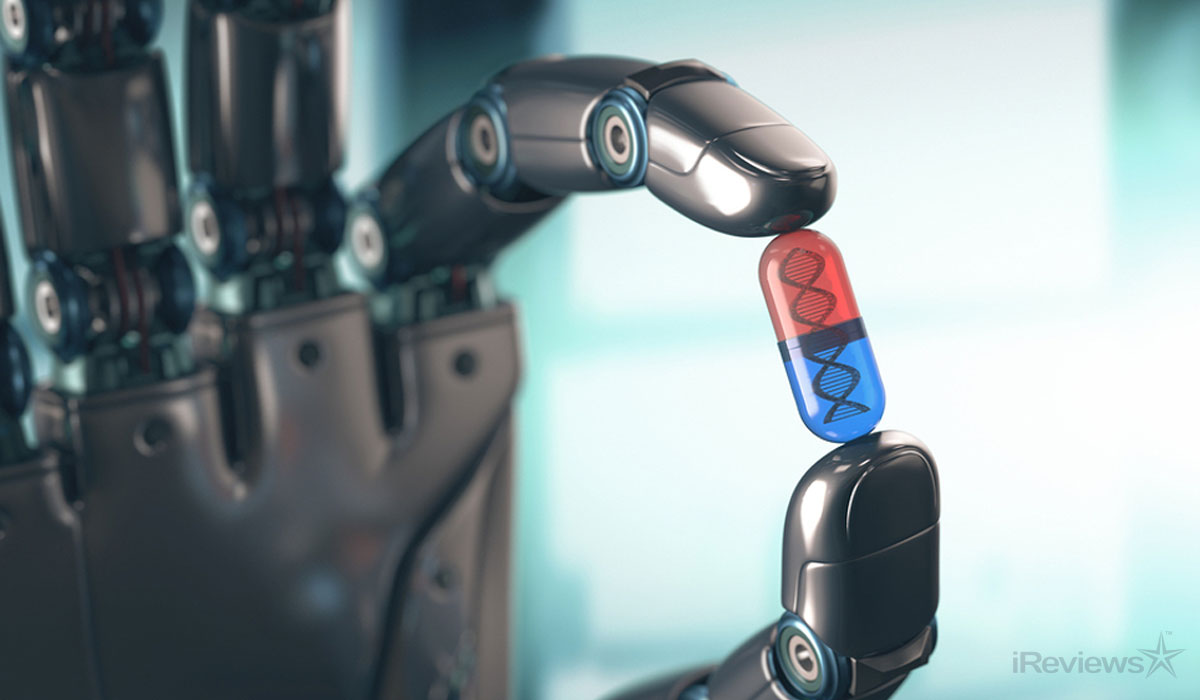
The healthcare industry is evolving and changing by leaps and bounds. One major reason for this disruption is not just the introduction of artificial intelligence but the massive impact it has on the medical industry today. The process of taking care of the complications during the treatment of artificial respiratory diseases is more and more important. 2030 there will be no doctors at a hospital and the entire process will be dealt with the help of artificial intelligence and this is only the beginning of evolution.
Here is a small clip that gives a gist about the future of AI in healthcare.
Artificial Intelligence helps clinicians during the entire treatment process.
IBM Watson is a major example of how technology is being used to democratize knowledge. There are major advantages that IBM Watson brings to the table, here are some of them;
a) The doctor is better informed about the case in hand:
The volume of information available in the medical field is vast, to say the least. If the doctor has a medical case then the amount of time, effort and money is so huge. Thus, when IBM Watson comes into play, Watson wants to read the article about the particular disease in no time, relieving the doctor from searching for a needle in a Haystack.
b) Treatment diagnosis is more accurate:
A human doctor’s diagnosis will always be limited to the information that is accessible and the number of years of experience under their belt. However, IBM Watson’s diagnostics wants to be based on strong evidence. Famous healthcare expert Thomas Balkizas , says this about Watson, „It takes All Those unstructured notes and restructures it in a way did the doctor can check Easily, with treatment recommendations of Which drug to give, Which radiation or dosage.“ He thus goes on to say, „So it’s advisable what treatments are not because of your demographic, your patient history, and so on.“
c) Ensures recovery even after discharge:
The IBM Watson healthcare team believes that the treatment of a patient is not a regular process and that they are out of the hospital. This technology embedded in Watson not only provides the patient with their treatment plan but also helps them follow through with it. Wearables are used to monitor the progress of the patient after he/she has left the hospital. In case of an emergency, both the patient and the hospital are notified of the potential problem. This video explains how IBM Watson works:https://www.youtube.com/watch?v=_Xcmh1LQB9I
Artificial Intelligence helps doctors with accurate diagnosis only with the help of medical images.
One of the major talk about artificial intelligence programs in the field of healthcare isVisualDx. This diagnostic clinical decision support system imitates the natural human quality to identify medical images. VisualDx eliminates the 10% – 20% diagnostic errors made by humans. As per a popular research, 10-20% of human diagnoses are faulty. These errors can only be fatal. With VisualDx, this number of wrong diagnoses is progressively reduced leading to better care and treatment of the patients. The capabilities and the scope of Artificial Intelligence are just a few things to do, and I want to be every doctor’s and nurse’s go-to assistant, if not replacing all of them. If you have a project in mind and are wondering how artificial intelligence can be integrated, then click here and one of us to reach out to you in no time

Comments are closed.